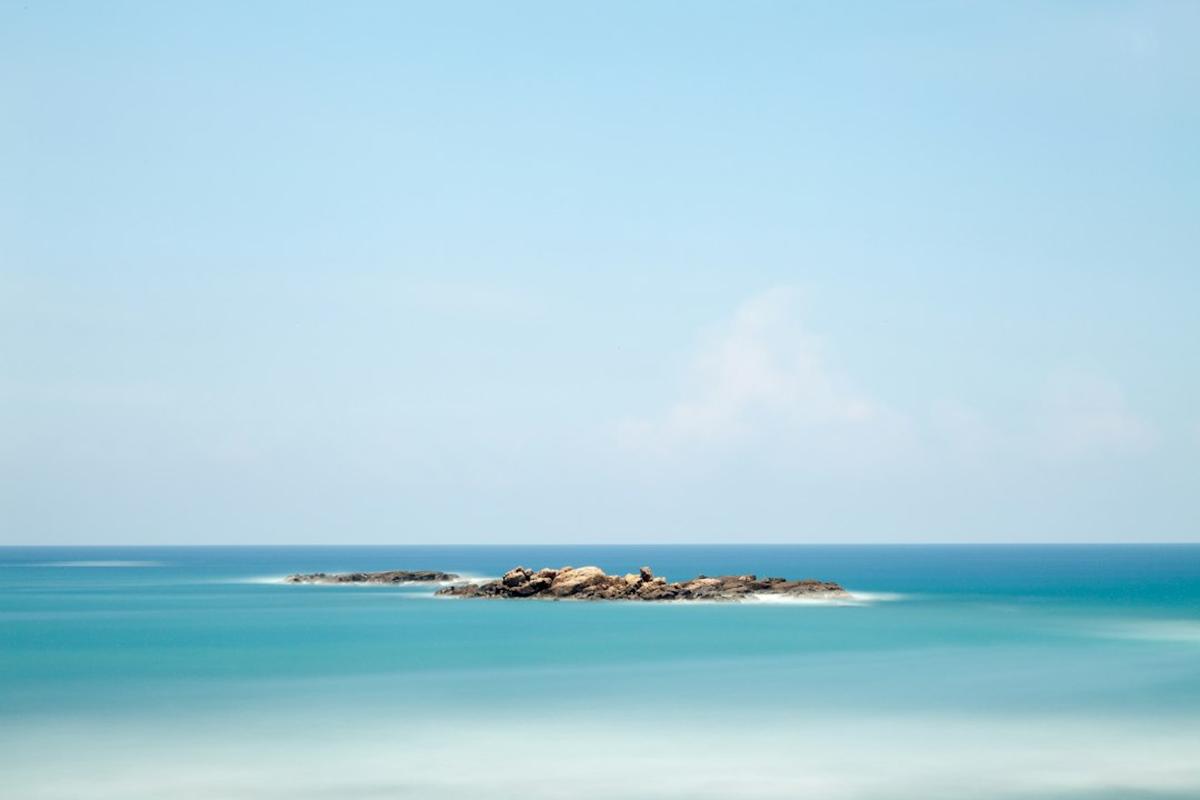Snorkeling in the Galapagos Islands is an experience like no other. The rich biodiversity of this unique marine ecosystem offers snorkelers a chance to swim alongside sea turtles, playful sea lions, and even the occasional hammerhead shark. However, as with any adventure sport, safety is paramount. Understanding the marine life, respecting the environment, and following safety measures can ensure a safe and memorable snorkeling experience in the Galapagos.
Understanding the Galapagos Marine Life
The Galapagos Islands are home to a diverse range of marine life, including over 400 species of fish, 33 types of sharks, and countless invertebrates, not to mention the famous Galapagos sea lions and penguins. Interacting with these creatures can be an exhilarating experience, but it’s important to remember that they are wild animals.
Do not touch or feed the animals. Not only can this disturb their natural behavior, but it can also put you at risk. Some marine animals, like the stingray or the Galapagos shark, can be dangerous if threatened. Always maintain a safe distance and observe the animals without interfering.
Safety Measures While Snorkeling in Galapagos
Safety should always be your top priority when snorkeling in the Galapagos. Always follow your guide’s instructions and never stray from the group. The guides are trained professionals who know the waters and the marine life well. They can help you avoid potential dangers and ensure you have a safe and enjoyable experience.
Using the right safety equipment is also crucial. A good-quality snorkel mask, fins, and a life jacket can greatly enhance your safety. It’s also a good idea to wear a wetsuit, as the waters in the Galapagos can be quite cold.
The Role of Guides in Ensuring Safety
Guides play a crucial role in ensuring the safety of snorkelers in the Galapagos. They are familiar with the local marine life and know which areas are safe for snorkeling. They can also help you understand the behavior of different marine animals and teach you how to interact with them safely.
Guides are also responsible for monitoring the snorkelers and providing assistance when needed. If you’re not a strong swimmer or if you’re snorkeling for the first time, having a guide by your side can give you the confidence and security you need.
Common Safety Concerns and How to Address Them
Many snorkelers have concerns about encountering marine animals, getting lost, or experiencing physical exhaustion. While these concerns are valid, they can be effectively managed with the right precautions.
Fear of marine animals is common, especially among first-time snorkelers. However, most marine animals in the Galapagos are harmless and will not attack unless provoked. Following the guidelines provided by your guide can help you interact with the animals safely.
Getting lost or separated from the group is another common concern. To avoid this, always stay close to your guide and follow their instructions. If you do get separated, stay calm and signal for help.
Physical exhaustion or panic attacks can also occur, especially if you’re not used to swimming or snorkeling. To prevent this, make sure you’re physically fit before you go snorkeling and take breaks whenever you need to. If you start to feel panicked, signal to your guide immediately.
Pre-Snorkeling Preparations
Before you go snorkeling in the Galapagos, it’s important to prepare yourself physically and mentally. Make sure you’re in good health and have basic swimming skills. Familiarize yourself with the snorkeling equipment and practice using it in a controlled environment.
Environmental Factors Affecting Safety
Weather conditions, water currents, and tides can greatly affect your safety while snorkeling in the Galapagos. Always check the weather forecast before you go snorkeling and avoid going out in rough seas or strong currents. Your guide can provide valuable advice on this.
Respect for the Environment and its Impact on Safety
Respecting the environment is not only important for the conservation of the Galapagos Islands, but it also contributes to your safety. Disturbing the marine life or damaging the coral reefs can put you at risk. Always follow the “leave no trace” principle and avoid touching or disturbing the animals and their habitats.
Personal Experiences: Snorkelers Share Their Stories
Many snorkelers have shared their positive experiences of snorkeling in the Galapagos, emphasizing the importance of safety. They talk about the thrill of swimming with sea lions, the awe of seeing a hammerhead shark up close, and the joy of exploring the vibrant coral reefs. But they also share lessons learned from challenging situations, reminding us of the importance of following safety measures and respecting the marine life.
Final Remarks
Snorkeling in the Galapagos can be a safe and unforgettable experience if you follow the right safety measures and respect the marine life. Remember, safety should always be your top priority, whether you’re a seasoned snorkeler or a first-timer. With the right preparation and guidance, you can enjoy the wonders of the Galapagos marine life without compromising your safety.
Frequently Asked Questions
Do not touch or feed the animals
. Not only can this disturb their natural behavior, but it can also put you at risk. Some marine animals, like the stingray or the Galapagos shark, can be dangerous if threatened. Always maintain a safe distance and observe the animals without interfering.
Is snorkeling in the Galapagos safe for beginners?
Yes, snorkeling in the Galapagos can be safe for beginners, provided they follow the safety guidelines, use the right equipment, and are accompanied by a trained guide.
What marine animals can I see while snorkeling in the Galapagos?
You can see a wide variety of marine animals, including sea turtles, sea lions, penguins, and various species of fish and sharks.
What should I do if I get separated from the group while snorkeling?
If you get separated from the group, stay calm and signal for help. Your guide will help you get back to the group safely.
Do I need to be a strong swimmer to snorkel in the Galapagos?
While basic swimming skills are beneficial, you don’t need to be a strong swimmer to snorkel in the Galapagos. A life jacket can help you stay afloat, and your guide can provide assistance if needed.
What should I do if I encounter a dangerous marine animal while snorkeling?
If you encounter a potentially dangerous marine animal, maintain a safe distance and do not provoke it. Signal to your guide immediately.
What can I do to protect the environment while snorkeling in the Galapagos?
You can protect the environment by not touching or disturbing the marine animals and their habitats, not littering, and following the “leave no trace” principle.
References:
- Galapagos Conservancy. (n.d.). Marine life. Retrieved from https://www.galapagos.org/about_galapagos/about-galapagos/biodiversity/marine-life/
- Galapagos National Park Directorate. (n.d.). Rules and regulations. Retrieved from https://www.galapagos.gob.ec/en/galapagos-natural-heritage/rules-and-regulations/
- World Health Organization. (n.d.). Recreational waters. Retrieved from https://www.who.int/watersanitationhealth/bathing/recreational/en/








